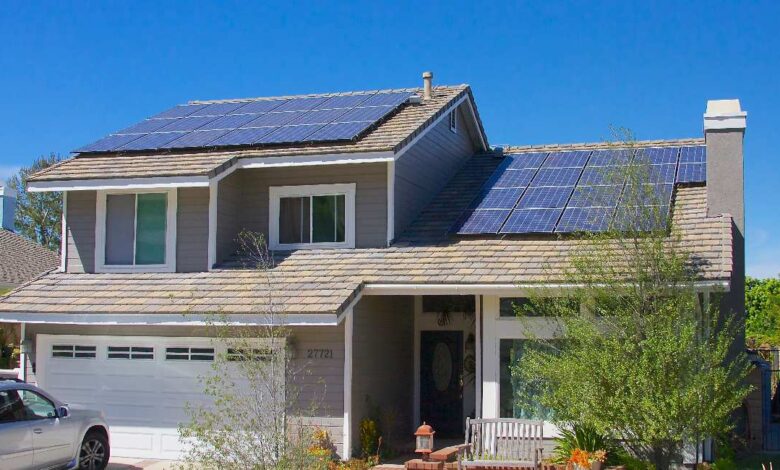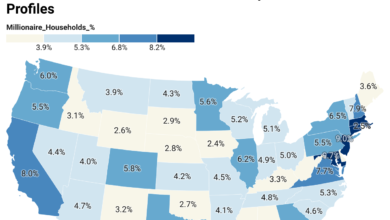
By the end of February, ERCOT, the state grid operator, boasted 18,364 megawatts of solar power capacity within its electric grid, sufficient to supply nearly 3.7 million homes during peak demand periods.
Texas has surpassed California to claim the title of having the most solar power installed on its power grid in the nation. As of February 29, the Electric Reliability Council of Texas (ERCOT), responsible for 90 percent of Texas, reported 18,364 megawatts of solar power capacity installed on its grid. This amount of electricity could supply nearly 3.7 million Texas homes during peak electricity demand, as per ERCOT data.
The California Independent System Operator, responsible for managing 80 percent of California’s grid and a portion of Nevada’s, had integrated 17,277 megawatts of solar power capacity, according to CAISO figures. Despite Texas making significant strides in solar energy, California maintains its lead in total solar installations as of the second quarter.
This is due to California having a greater amount of rooftop solar installations on residential and commercial buildings compared to Texas, with 41,675 megawatts of all types of solar installed versus Texas’s 18,801 megawatts, as reported by the Solar Energy Industries Association.
During the last ten years, California has led the nation in utility-scale solar deployment, significantly surpassing other states in adding solar energy to the grid. However, Texas has experienced a rapid expansion of utility-scale solar since 2019, doubling its capacity from 2019 to 2020 and again from 2020 to 2021.
The increase in solar energy projects in Texas can be attributed to the dramatic decrease in the costs associated with building and operating solar farms, driving its growth on the state’s grid, according to Doug Lewin, president of Stoic Energy Consulting. Unlike California, where policy has traditionally driven solar growth, Texas relies more on market forces, reflecting a shift in the economics of solar energy.
The influx of solar power onto the Texas grid has not only contributed to decarbonization efforts but has also played a crucial role in ensuring grid stability during summer months when electricity demand peaks due to air-conditioning use. However, this growth has presented new challenges. For the first time, the most critical period on the ERCOT grid during summer was not mid-afternoon but around 7 p.m. when solar power output declines with the sunset while electricity demand remains high. This situation has led to instances where electricity demand nearly matches available supply, prompting ERCOT CEO Pablo Vegas to urge Texans to conserve electricity usage during late afternoons, which occurred nearly a dozen times this summer.




